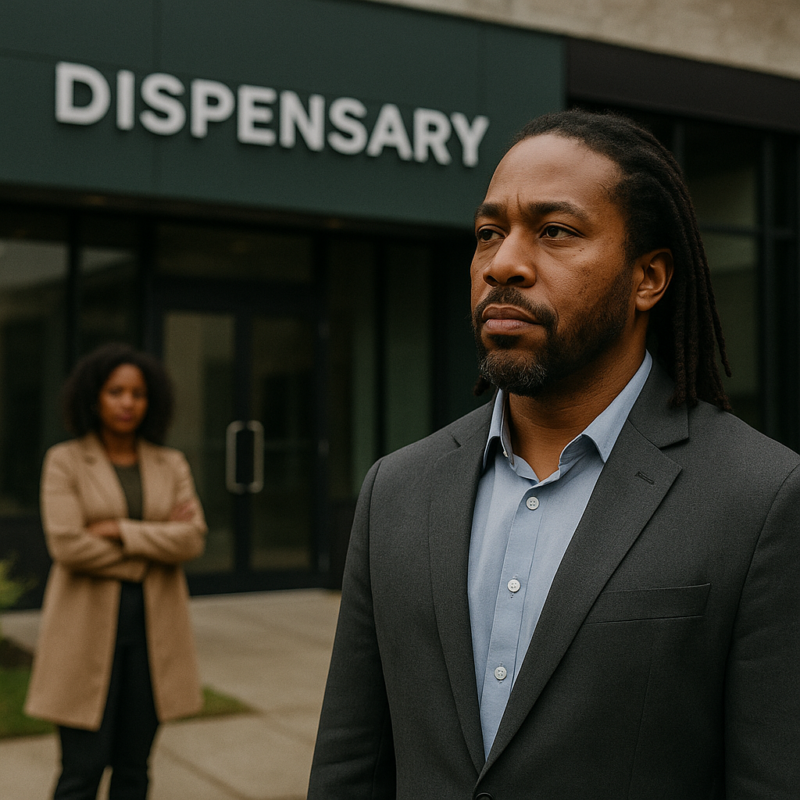
Analyzing the progress, promises, and problems of equity programs in 2025
Introduction
When cannabis legalization began spreading across the U.S., social equity was promised as a core pillar of reform. The idea was clear: as the industry grew into a multi-billion-dollar economy, those most harmed by the War on Drugs—disproportionately Black and brown communities—should benefit from the new legal market.
Fast forward to 2025, and the question remains: Are we really delivering on that promise?
In this article, we analyze the current state of social equity in the cannabis industry, what progress has been made, which states are leading the way, and where the biggest gaps still exist.
1. What Social Equity Was Meant to Be
At its core, social equity in cannabis aims to:
- Provide ownership opportunities to individuals from historically criminalized communities
- Prioritize licensing for those affected by cannabis-related arrests
- Offer reduced fees, technical training, and funding access to marginalized entrepreneurs
Most programs were built around the idea that legalization should not only generate tax revenue, but also repair past harms caused by decades of prohibition.
2. Where Programs Are Working
There are bright spots across the U.S. where equity-focused policies are showing signs of success:
- Illinois: One of the first states to embed social equity into its adult-use cannabis law, Illinois continues to expand its support through funding, business incubators, and low-interest loans. As of early 2025, over 300 licenses have been issued to equity applicants.
- New York: With a slower rollout than expected, New York’s equity-first model is now gaining traction. The state has awarded Conditional Adult-Use Retail Dispensary (CAURD) licenses to individuals directly impacted by cannabis arrests, with over $200 million allocated to a cannabis social equity fund.
- Massachusetts: This state continues to improve its Economic Empowerment and Social Equity Program (SEP) with increased grant availability and mentorship initiatives.
3. Where It’s Falling Short
Despite these successes, many equity programs have stumbled—especially when it comes to access to capital, real estate, and navigating complex regulations.
Key challenges include:
- Funding gaps: Many applicants get licenses but lack the capital to open or sustain a business.
- Bureaucratic delays: Licensing processes can take months (or years), during which rent, insurance, and overhead costs still accrue.
- Legal challenges: Lawsuits have delayed rollout in states like New York and California, with some programs accused of being unfair or improperly administered.
- Predatory partnerships: Some equity licensees are approached by investors seeking majority control in exchange for startup funding, effectively undermining true ownership.
4. The Numbers Don’t Lie
A recent 2025 industry report found that less than 5% of cannabis business owners in the U.S. identify as Black, despite Black individuals being nearly four times more likely to be arrested for cannabis possession during prohibition.
This mismatch underscores a hard truth: legalization does not automatically equal justice. And while intentions may be genuine, equity programs often face the same structural barriers that hinder small businesses in any industry—amplified by cannabis’s legal gray areas.
5. Federal Support: Still Lacking
So far, there’s no federal social equity framework, and the industry still operates under a patchwork of state rules. Without federal banking access, insurance protections, or national funding programs, many equity operators remain locked out of the systems that support mainstream businesses.
That said, the recent passage of the SAFE Banking Act in the Senate may offer a path toward financial services and investment access for all cannabis businesses, including those in equity programs.
6. Community-Led Solutions
Interestingly, some of the most innovative solutions aren’t coming from governments—they’re coming from the community.
Nonprofits and grassroots organizations are:
- Hosting cannabis business bootcamps
- Providing micro-grants and legal aid
- Launching shared-use facilities for low-cost production and retail space
Collaborations between equity licensees and mission-driven investors are also growing, as awareness increases around the need for ethical capital in this space.
7. What Needs to Happen Next
To truly fulfill the promise of social equity, several steps are needed:
- Funding accessibility: Without capital, a license is just a piece of paper.
- Expedited licensing: Reduce bottlenecks and streamline approvals.
- Technical support: Business coaching, compliance training, and legal support should be built-in—not optional.
- Accountability tracking: States must collect and publish data to ensure programs are achieving their goals.
Equity can’t be a side note or PR buzzword—it has to be baked into the foundation of how the industry operates.
Conclusion
Social equity in cannabis was never meant to be easy—but it was meant to be transformational. And while progress is happening, it’s uneven and often too slow for the communities that need it most.
As the cannabis industry matures, the question is no longer just “Are we making money?” but also “Are we making a difference?”
Until ownership, opportunity, and representation in cannabis reflect the communities who were once criminalized for it, the answer to “Are we there yet?” remains a clear: Not quite.